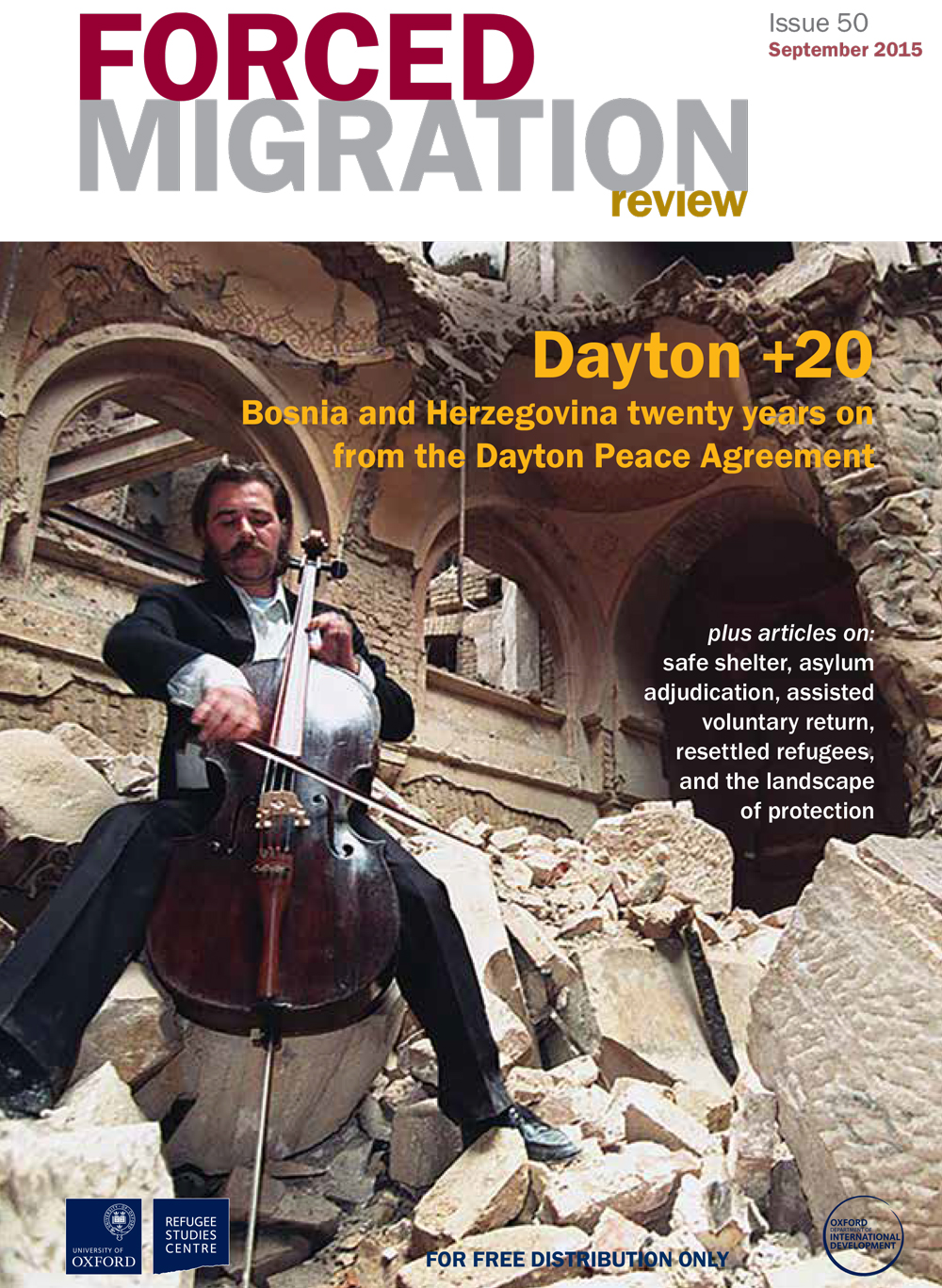Bosnia and Herzegovina 20 years on from Dayton
The Dayton Peace Agreement ended the war in Bosnia and Herzegovina (BiH) on 14 December 1995, and its Annex 7 on ‘Agreement on Refugees and Displaced Persons’ established that: “All refugees and displaced persons have the right freely to return…
Foreword: Addressing the legacy of violence
The devastation orchestrated by political, military and paramilitary leaders a generation ago continues to exert a malicious influence on the Western Balkans region long after many of those responsible have been convicted for their crimes. Just as the legacy of…
Annex 7: why are we still discussing it?
The clash of separatist and ethnic interests in the Balkans led to a war that began in early 1992 and in which the use of violence against civilians shocked the world. It was during this conflict that the term ‘ethnic…
Political and social consequences of continuing displacement in Bosnia and Herzegovina
The 1990s wars in the Balkans triggered large-scale displacement within the region. Serbia, Montenegro and Croatia hosted about 40% of the refugees from Bosnia and Herzegovina (BiH), while Austria, Germany, Canada, the United States and Australia also received large numbers.…
Resolving a protracted refugee situation through a regional process
In 2011, Bosnia and Herzegovina (BiH), Croatia, Montenegro and Serbia signed the Joint Declaration on Ending Displacement and Ensuring Durable Solutions for Vulnerable Refugees and Internally Displaced Persons.[1] A year later a donor fund was established to implement a multi-year…
Voices in displacement
The Bosnian war ended in 1995 but many of those displaced during the war still live in a situation of protracted displacement, neither adequately protected by the state nor fully able to access the basic rights of their citizenship. As…



